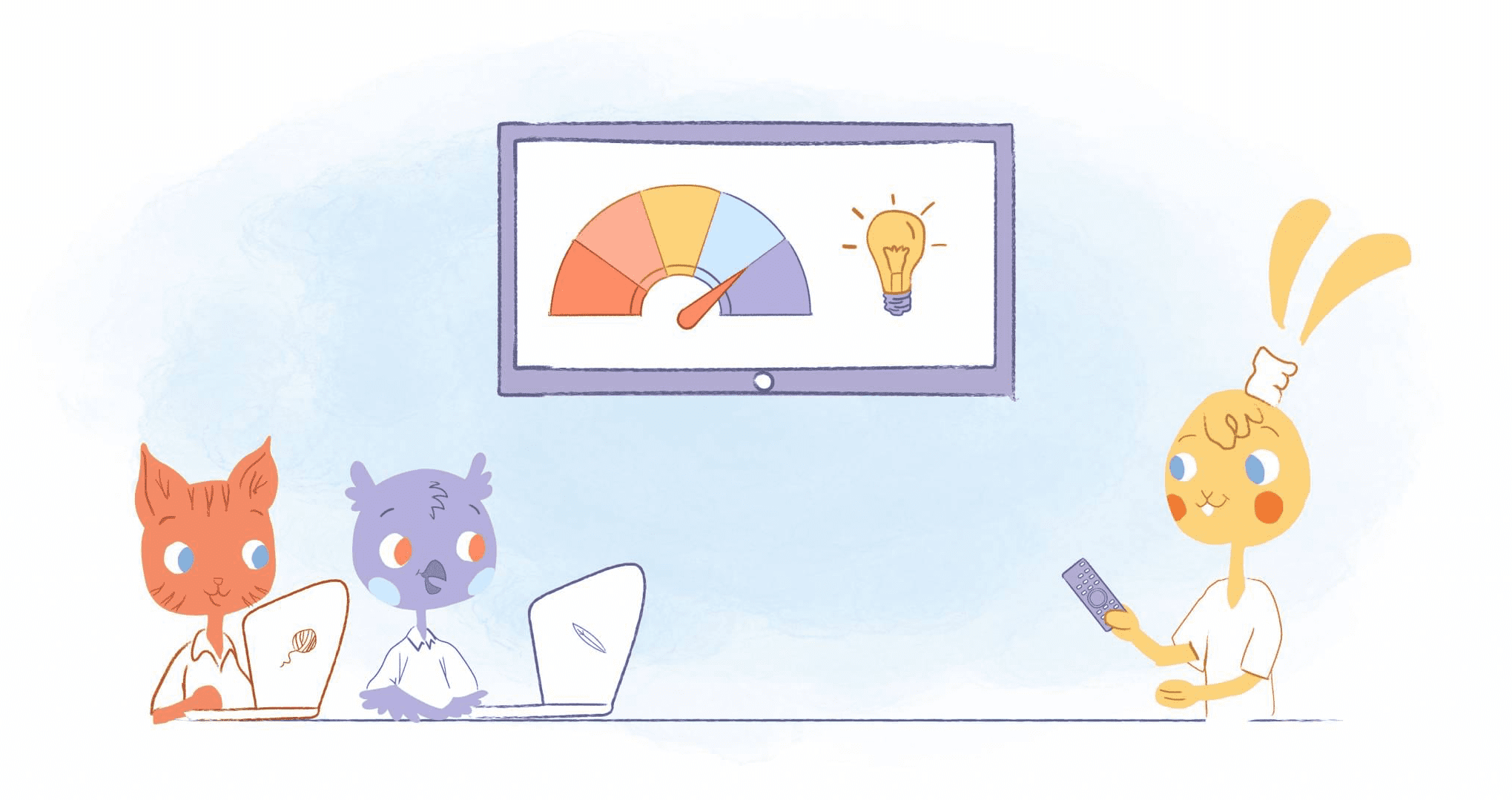

As I began exploring ways to boost my productivity I kept hearing people rave about something called the Pomodoro Technique. I’m sure that you’ve come across this as well. And, for good reason. It’s not only effective, but it’s also one of the easiest hacks to implement.
The Pomodoro Technique explained.
For the uninitiated, the Pomodoro Technique is credited to developer, entrepreneur, and author Francesco Cirillo. He discovered the importance of time tasks while a student at Guido Carli International University, a business school in Rome, during the early 1990s.
“I was easily distracted and unable to focus,” he previously told Entrepreneur. “So I decided to give myself a challenge: study without interruption for 10 minutes.” To accomplish this, he used a tomato-shaped kitchen timer to track his time.
After some trial and error, Cirillo found that this method was successful in helping him improve studying. He eventually went on how to share this idea with others. And, he was gratuitous enough to write and distribute a free book as well.
Named after the Italian word for tomato, the Pomodoro Technique is pretty straightforward. In fact, it only involves five some steps:
- Choose a task.
- Set a timer for 25-minutes.
- Work on the task until the timer goes off.
- Take a short break — usually around 5-minutes.
- Every 4 Pomodoros, which is 3-4 work periods of 25 minutes, take a longer break — typically between 15-30 minutes.
You’ll want to repeat this process throughout the day. It’s also helpful to mark your progress with an “X” whenever you finish a Pomodoro. And, you may want to also note how often you wanted to procrastinate or work on something else. And review this at the end of the day
From my experience, you can make adjustments as you go along. For example, you can block out time for undisturbed work for however long you want. It depends on when you’re most productive based on your ultradian rhythms. Some folks work in 30-minute blocks, while others push an hour.
The concept, however, is that you work in sprints followed by short breaks throughout the day. As a result, you’ll be more productive because it will help you achieve the following.
1. Makes you feel more valuable.
Time. It’s your most valuable asset because once it’s spent, it’s gone. And, because of that, the Pomodoro Technique assists you in getting the most out of your precious time.
On the surface, this could be monetarily. Case in point, you’re working on a flat rate project. How? By ensuring that you maintain a profitable hourly rate. See, with the Pomodoro Technique you can plan a balanced outcome by knowing the time you’ll need to complete the project.
As a result, you’ll meet deadlines, exceed expectations, and keep your promises. Not only is that good for business, but also for your self-worth.
Speaking of that, if you can block out your time more effectively, you’re in a better position to provide value. That could be delivering quality work on a consistent basis or finding the time to serve others. When you do, you’ll be happier because you’re more fulfilled.
2. Improves planning.
Productivity doesn’t just happen with the snap of a finger. That’s why you need to plan your ideal week if you want to get more done in less time. And, I’ve found that the Pomodoro Technique makes this a whole lot easier.
Let’s say that you have identified your top priorities for the week ahead. You would then open up your calendar and add them to your calendar.
For example, you need to write an article for your business for either your site or an outstanding publication like Entrepreneur. Since it has to be submitted on Thursday, you want to have it completed by Monday so that your editor has time to review it.
As such, your Monday could be mapped out as follows:
- Two pomodori for research.
- One pomodoro to string together your thoughts and outline the piece.
- Two pomodori to actually write the article.
Once added to your calendar, you know exactly what to focus on and when. And, you can then keep repeating this process for your entire week. It may sound like a lot of work upfront. But it’s worth the time investment since you can dive right into your most important work.
More importantly, over time, we’ll get better at determining how long certain activities take you to complete. Knowing this will ensure that you aren’t under-or-overestimating your time.
3. Helps you fight procrastination.
Even though you know exactly what needs to get done, and you have every intention to do so, procrastination is always around the corner lurking its ugly head. While it happens to the best of us, if left unaddressed, it can have serious consequences.
For example, it can cause you to miss due dates and fall behind your work, which in turn harms your credibility and adds stress. One way that the Pomodoro Technique can help solve this problem is that provides you with clarity. Again, when you know what to focus on and when you’ll feel less anxious and overwhelmed.
Also, it can encourage you to just get started when you’re dragging your feet. Because 25-minutes is a short time commitment, and it’s the only block you have to complete a specific task, it’s like a game to beat the clock. Besides, once you get moving, it’s much harder to stop.
4. Breaks the habit of multitasking.
In my opinion, this is the main advantage of embracing this concept. Despite what you may believe, multitasking is a myth. The reason? The human brain just isn’t capable of handling more than one thing at a time.
What’s more, multitasking can lower your IQ, impact your working memory, and prevents you from entering a flow state. As if that weren’t enough, this can drain your mind’s energy reserves. And, multitasking gives you a false sense of being productive.
As you’ve probably caught on by now, the Pomodoro Technique forces you to focus on one task at a time. In turn, this will counter the negative side effects of multitasking. And, more importantly, it will help you deliver higher quality work in less time.
5. Let’s you deal with distractions and interruptions.
Distractions and interruptions are inevitable. Even if you take the appropriate steps, like turning off your smartphone, a coworker may come barging into your office with an urgent matter. Cirillo was well aware of this and developed the following approach:
- Inform. If you’re in the middle of a Pomodoro, let the other party know that you’re currently busy.
- Negotiate. Agree on a time to discuss the distracting issue.
- Schedule. Add that follow-up to your calendar immediately.
- Call back. When a Pomodoro is complete, contact the other party and tackle the issue.
What about internal distractions? You know, what if in the middle of your work you remembered that you needed to send an email? Jot it down and then send the email during your break.
6. Maintains motivation.
Whenever you complete a session, you mark your progress. For example, you could simply cross off an item on your to-do-list. Why’s that important? Every time you do this, you get a rush of dopamine, which will encourage you to repeat the behavior.
For others, they’re just simply motivated by beating the timer. If they only have five minutes to go, they’re going to turn up their average speed to complete the task on-time.
7. Decreases physical and mental fatigue.
Finally, the Pomodoro Technique encourages you to take breaks. That’s something that most of us take for granted. However, we need these frequent breaks to combat a sedentary lifestyle by stretching or going for a short walk.
Furthermore, the brain needs time to rest and recharge. So in-between work blocks, allow your mind to wander. You could also meditate, reflect, or do something that you enjoy like watching a funny video or exercising in your office.
When you return to work, you’ll be more focused, attentive, and energetic. And, because these breaks are timed, it’s easier to resist the urge of extending them.
Getting started with the Pomodoro Technique.
If you want to try out this method, you just need to block out your day into 25-minute work sessions with short breaks in-between. You should also keep track of what you accomplished. But, there’s one missing component, your timer.
If you prefer, you can stick with a plain old egg timer. You could also one the timer on your phone. Or, you could use tools and apps like Tomato Timer, Marinara Timer, Forest, or Focus Time.











John Rampton
John’s goal in life is to make people’s lives much more productive. Upping productivity allows us to spend more time doing the things we enjoy most. John was recently recognized by Entrepreneur Magazine as being one of the top marketers in the World. John is co-founder and CEO of Calendar.